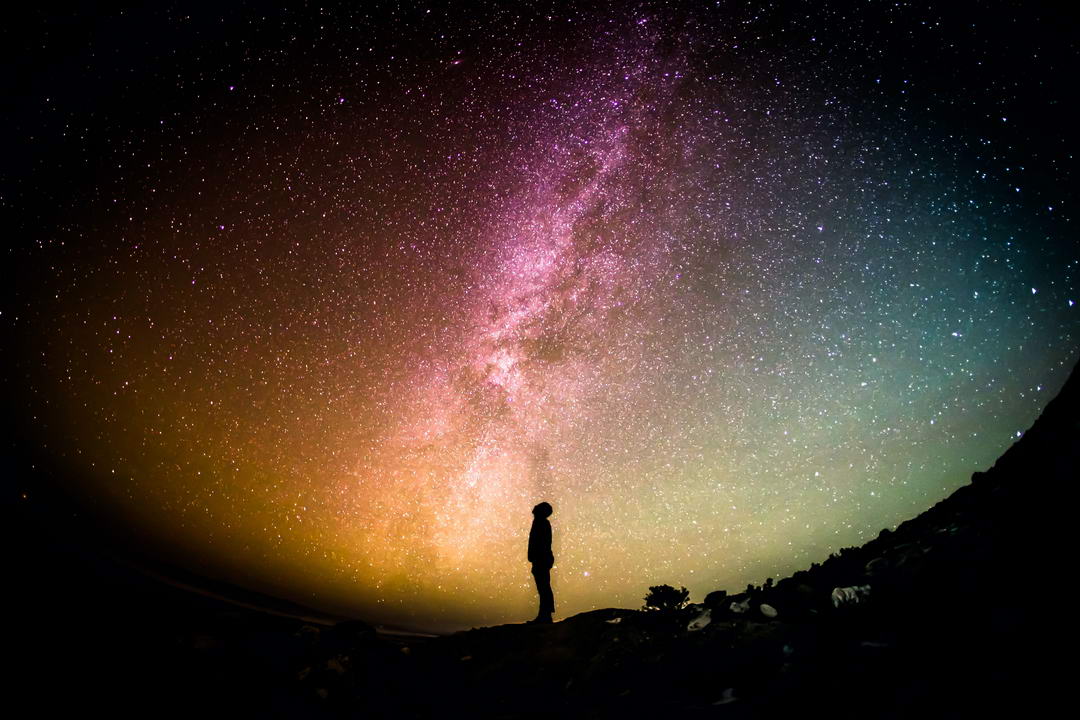In the ancient wisdom of Hindu philosophy, the concepts of Atman and Brahman shine as luminous stars guiding seekers on a journey of self-discovery and transcendence. Rooted in the profound teachings of the Upanishads, Atman and Brahman represent the core principles of non-duality, inviting us to explore the essence of reality, the self, and the intricate tapestry of existence. In this article, we delve into the depths of Atman and Brahman, unraveling their significance in the fabric of non-dual consciousness.
Explore Meditation Retreats & Wellness Retreats
Explore Yoga Retreats with Tejomaia.com

Atman: The Individual Self
Atman, often referred to as the individual soul or self, is the essence that resides within each living being. It’s the unchanging, eternal presence that transcends the fluctuations of the body and mind. The concept of Atman emphasizes that our true nature is beyond the roles we play, the thoughts we think, and the emotions we feel. It’s the core of our being, the source of consciousness that gives rise to our unique sense of self-awareness.
Brahman: The Universal Consciousness
Brahman, on the other hand, is the universal consciousness that permeates all of existence. It’s the unmanifested, formless reality that underlies the manifested world. Brahman is often described as infinite, all-pervading, and beyond the limitations of time and space. It’s the ultimate source from which everything arises, exists, and ultimately merges back into. Brahman is the cosmic ocean in which the waves of individual consciousness (Atman) dance.
The Non-Dual Connection
The essence of Atman and Brahman is deeply intertwined in the philosophy of non-duality, known as “Advaita.” This philosophy asserts that the apparent separation between individual selves and the universal consciousness is an illusion. Atman and Brahman are not two distinct entities; they are one and the same, differing only in perspective. Just as individual waves are inseparable from the ocean, individual souls are inseparable from the cosmic consciousness.
The Illusion of Maya
The apparent duality between Atman and Brahman is said to be a result of “Maya,” the illusory power that veils the truth of non-duality. Maya creates the perception of separate entities and a world of multiplicity. The journey of spiritual awakening involves piercing through the veil of Maya and recognizing the underlying unity that transcends all divisions.
Self-Realization and Liberation
The realization of the non-dual nature of Atman and Brahman is the heart of spiritual awakening. It’s the recognition that the individual self is an illusion, and the ultimate reality is the all-encompassing, unchanging consciousness of Brahman. This realization leads to liberation, where one is freed from the cycle of birth and death and attains unity with the cosmic source.
Living the Non-Dual Truth
Understanding the essence of Atman and Brahman transforms the way we perceive ourselves and the world around us. It fosters a sense of interconnectedness, empathy, and reverence for all of existence. Living in alignment with this non-dual truth allows us to navigate life’s challenges with equanimity and grace, recognizing that the essence of who we are is part of the vast cosmic dance.

The concepts of Atman and Brahman stand as profound pillars of non-dual wisdom, inviting us to recognize the unity that transcends the apparent duality of existence. As we journey deeper into the exploration of self and reality, we unveil the truth that the individual self is inseparable from the universal consciousness. This understanding holds the key to self-realization, liberation, and a harmonious existence in the tapestry of the cosmos.
Explore Meditation Retreats & Wellness Retreats
Explore Yoga Retreats with Tejomaia.com


